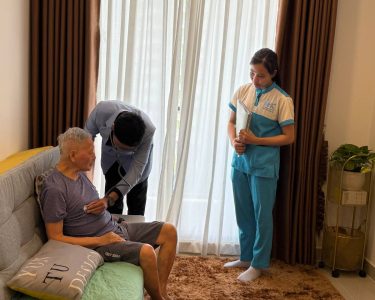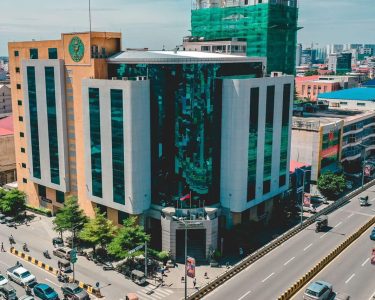Richard Yim
Picture this. In the year 1966, Cambodia is a nation poised on the cusp of its tryst with destiny, independent and peaceful, breaking free from the shackles of colonial rule, emerging from its cocoon, and spreading its wings wide, ready to embark on a new journey. It is a momentous time as the Games of New Emerging Forces (GANEFO) unfurl their canvas in the host country, Cambodia, with more than 2,000 athletes from 17 countries participating. At a time when the nation is ready to stride on the global stage, flushed with the optimism and euphoria of newfound freedom.
However, little does the world know what lies ahead. Cambodia is on the brink of an era that will test its resolve and resilience — an era marred by civil wars, ideological disputes, and foreign interference. The country teeters on the edge of uncertainty, its future suspended in a precarious balance.
So let us delve into the annals of Cambodia’s history, unravel the intricate tapestry of its past, and decipher a narrative that is at once poignant and profound.
Imagine journeying back in time, landing in the year 1840, where Cambodia stands as a nation teetering on the brink of extinction. We observe a country bereft of its territories and people, a ghost of its former self. The subsequent era of French colonial rule further chipped away at the country’s identity, with the imposition of the Latin alphabet threatening to erase the native Khmer language.
A Fleeting Taste of Prosperity After Independence
Fast forward to the middle and latter parts of the 20th century, a time frame that would turn out to be a tumultuous crucible of trials for this Southeast Asian nation.
A fleeting taste of prosperity came after gaining independence from France in 1953, as the country briefly experienced a period of autonomy, territorial integrity, neutrality, and peace. Yet this glimmer of hope was swiftly smothered. The harrowing flames of devastating wars, genocidal regimes, and foreign interference razed the achievements of the past to ashes, leaving the socio-political landscape in ruins.
The Khmer Rouge, a communist party under the stewardship of Pol Pot, usurped power, plunging the nation into one of the darkest periods in human history. From 1975 to 1979, the world watched in horror as Pol Pot’s Khmer Rouge inflicted unthinkable atrocities on its people, claiming the lives of an estimated two million Cambodians through mass executions, forced labor, and famine. This horrendous chapter in the annals of history saw the obliteration of nearly a quarter of the country’s population. Cambodia’s vibrant culture and intellectual heritage were systematically destroyed in a society that was torn from within.
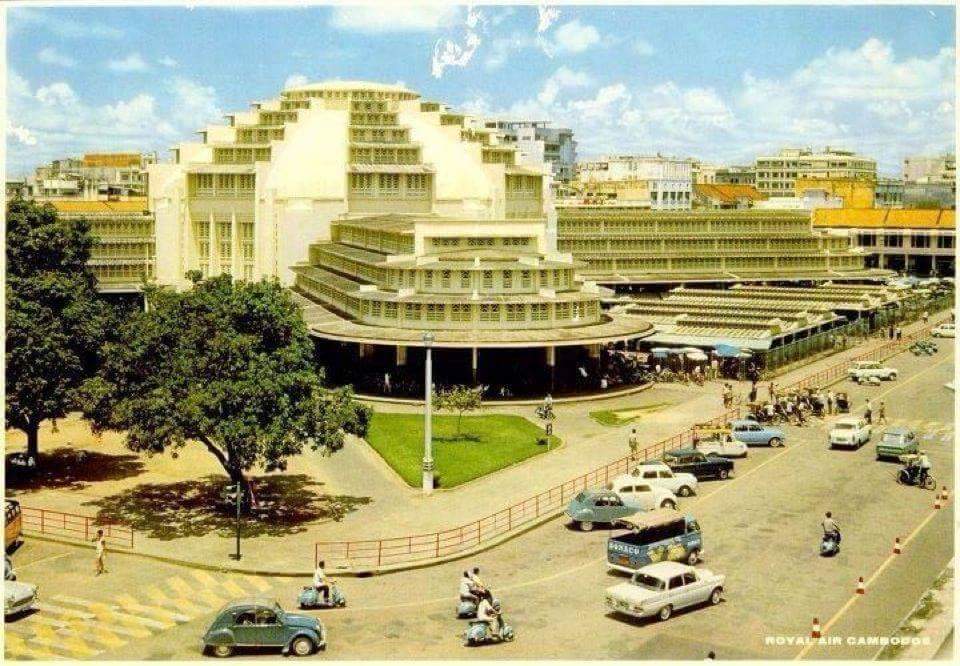
The formidable challenges didn’t stop there. The decades that followed remained clouded with struggles. The Viet Cong’s forces occupied territory during the 1980s, despite ongoing guerilla warfare and international sanctions. The arduous journey towards peace and reconciliation in the 1990s left the nation with lasting wounds. During this historical period, Cambodia found itself navigating the tumultuous seas of a free market even as the foundation of national institutions remained fragile. This rapid market liberalization, in the context of weak institutional fortitude, fueled economic instability and an array of social challenges.
However, the spirit of Cambodia, much like a flame in a storm, remained resolute. The nation revealed extraordinary resilience and a steadfast determination to rebuild and flourish, establishing itself as a paragon of perseverance. This was not merely the vision of a select few, but the collective aspiration of the nation.
Reflecting On Cambodia’s Remarkable Journey
Today’s Cambodia, rather than being tarnished by the chaos of its past, stands as an emblem of its tenacity and fortitude in overcoming these adversities. It is a testament to its resilience and durability and an illustration of its capacity to withstand trials and tribulations and continue its path forward. It is this indomitable spirit that we celebrate today as we reflect on Cambodia’s remarkable journey.
At long last, the moment that Cambodia has been patiently awaiting is upon us. Serving as the host for the 2023 SEA Games and the ASEAN Para Games, this marks a major international sporting event in the country after an interlude of 66 years. This significant occasion is one of the longest anticipated for Cambodia, a testament to its endurance and its constant strive towards progress.
To fully appreciate the significance of the 2023 SEA Games and ASEAN Para Games in Cambodia, we need to immerse ourselves in the depths of this historical canvas. This was not merely a regional sports event but a powerful symbol of Cambodia’s journey from a past steeped in blood and tears to a future teeming with promise and glory. As a celebration of the successful conclusion of a voyage and the overcoming of obstacles, they represented the commemoration of progress, pride, and peace, as well as a demonstration of prestige to the universe. It was a moment of collective triumph, a testament to the invincible capacity of the human spirit to endure through violent storms, endure the unthinkable, and yet stand resolute, ready to carve a new chapter in its eventful saga.
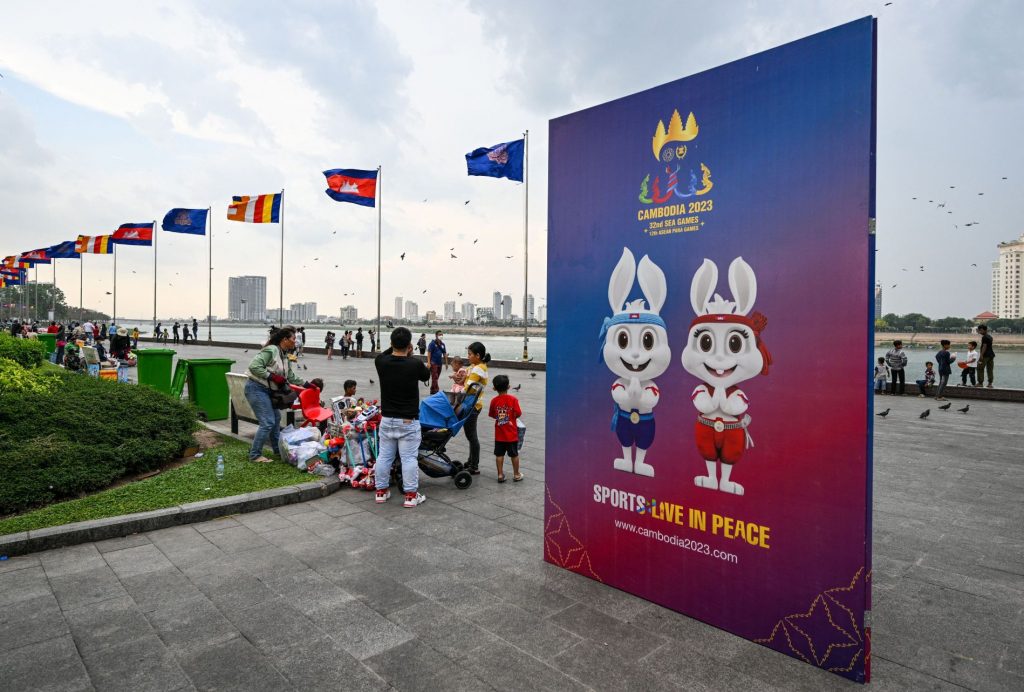
The Games stood as a testament to the nation’s proclamation to the world that Cambodia was ready to rise from the ashes, reclaim the glory of its rightful place, and shine on the global stage. A particularly emblematic moment of this spirit was embodied by Cambodia’s 5,000-meter runner, Bou Samnang. Despite being the last runner on the track and braving a torrential downpour, Samnang refused to quit the race, epitomizing the nation’s endurance.
The Games were a celebration of that unyielding strength, that invincible spirit, and that steadfast resilience. They stand as a tribute to a nation’s ability to rise from the ashes, to heal, to rebuild, and to march forward with optimism and unwavering determination. This country is not just a survivor of its challenging past but a learner with conscience, drawing strength and wisdom from its hardships and transforming them into stepping stones for a future brimming with potential.
The Legacy of The 2023 SEA Games
In 2023, Cambodia made an indelible mark in its history as it played host to the 32nd Southeast Asian Games. This regional multi-sport event saw the participation of 6,210 athletes from all 11 members of the Southeast Asian Games Federation gather on Cambodian soil to compete in a spirit of camaraderie while the world watches. The theme of the event is “Sports Live in Peace,” to honor the memory of promoting peace through sports and working to create an environmentally responsible and cohesive Southeast Asian community. The event was a resounding triumph, not just in terms of the thrilling sports competitions but also for the economic, social, and infrastructural advancements that accompanied them.
Read more: Cambodia the Emerging Market You Can’t Afford To Ignore
Anticipating the magnitude of the event, Cambodia has dedicated its national budget to be able to host it and provide free lodging for more than 12,000 athletes and delegations from its own country and 10 other countries in the region. Also, Cambodia pumped in an estimated $30–40 million to construct and equip the necessary facilities and fields for various competitions. Additionally, the expenses associated with hosting events at stadiums and other locations were projected to exceed $150 million, including renovations of existing infrastructure and the construction of new facilities such as the Morodok Techo National Stadium, a stunning architectural marvel that served as the centerpiece of the Games. The expansive stadium, sitting on the north side of Phnom Penh, symbolizes the country’s peace and resolve to carve a shining future.
The legacy of the 2023 SEA Games extends far beyond the realm of sports. Cambodia’s heartfelt and meticulous hosting of the Games has elicited admiration and appreciation from fellow Southeast Asian nations. As a testament to its invaluable spirit of humanity, this small country with a large heart has successfully shown the world what it means to be resilient.
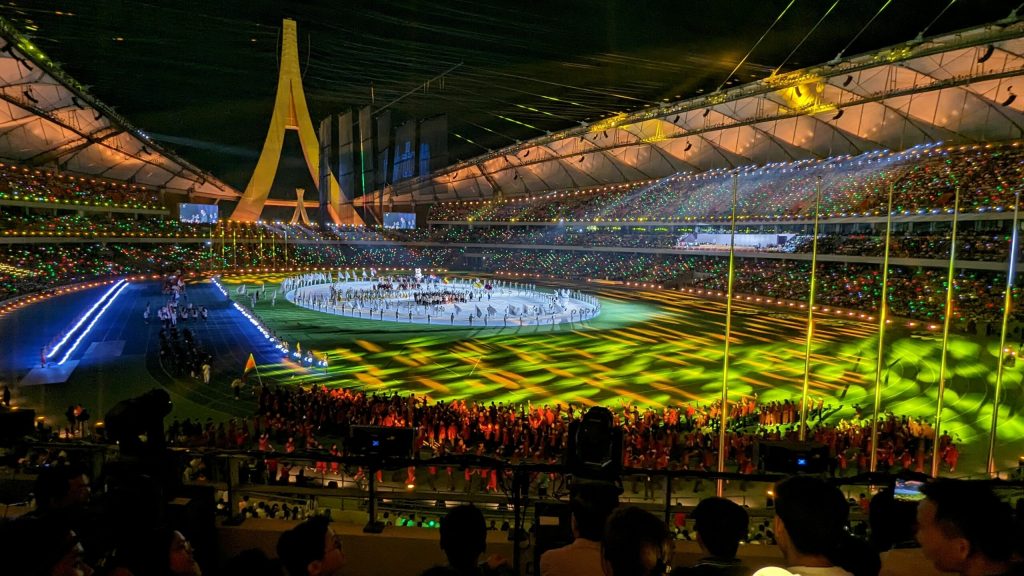
It fostered a renewed sense of national unity and pride. It represented a crucial step in Cambodia’s journey to healing and reconstruction, sketching a new chapter of greatness, peace, development, honors, and reclaiming its place on the global stage. The Games brought attention to Cambodia’s rich culture and history while shining a light on its future potential. And with this spirit, Cambodia moves forward to write a new chapter in its vibrant, rich, and evolving saga.
The cultural exchanges and the spirit of fair play exhibited throughout the event vibrantly illustrated the shared spirit of Southeast Asia. The affable smiles and warmth radiating from our nation’s volunteers beautifully represented Cambodia’s willingness and preparedness to host regional friends, athletes, and delegates who joined the event in earnest camaraderie.
As a member of this great nation, along with my compatriots, young and old, men and women, I am filled with joy and pride. It is an honor to be part of a Cambodian nation that is living in such an illustrious new era where we have emerged and our reputation is resonating on the global stage. As we continue to live in peace and prosperity, it is incumbent upon us, as successors, to uphold and safeguard the values of peace. This ensures stability and strength, the bedrock upon which we can continue to build our achievements, foster societal progress and harmony, and further enhance our country’s prestige in the global arena.
Richard Yim is the CEO of Quantum Engineering and Manufacturing. He was recently selected as ASEAN Top 40 Under 40.
You can follow his Instagram and Twitter accounts @richardyim




